What is gray rot on tomatoes and what to do with it?
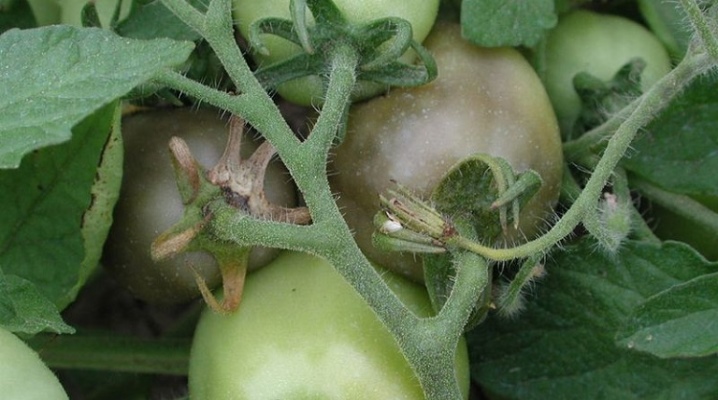
Gray rot on tomatoes is one of the most formidable diseases of these beneficial plants. All people need to know what to do with tomatoes in the greenhouse and outdoors. It is required to be able to recognize what the lesion looks like on fruits and leaves, as well as to carry out high-quality treatment with drugs of various types.

Description
So, gray rot on tomatoes is a serious disease that can cause colossal damage to the culture. It all starts outwardly harmless enough for inexperienced gardeners or farmers to miss the menacing signs. The deformed part of the shoot or other segment of the plant is covered with a spot of moderate brown color. It is oblong and has a slight gray tint, which is precisely what determines the name of the pathology. In 5 days, in a maximum of a week, the spot will spread throughout the stem, as if encircling it in a ring-like manner.
Then the spot begins to change. Its middle part turns gray, and then this process also captures the outskirts of the spot. At the same time, ring stripes appeared. The pathological process, however, takes place inside the stem, and what any gardener can see are just visual manifestations.
The affected parts perish, and those that are spatially located higher, due to the impossibility of a full-fledged metabolism, will also systematically link up.
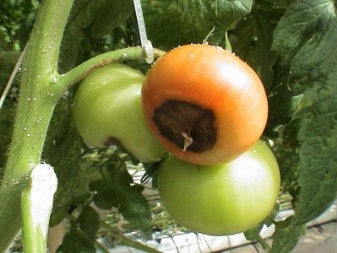
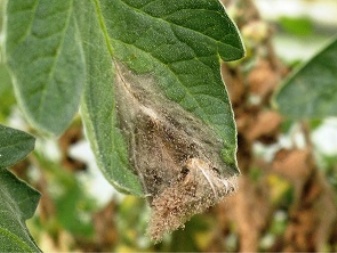
Causes of occurrence
Gray rot usually appears during the period of plant pinching. This biologically necessary process is accompanied, however, by serious deformations. Tomatoes are quite capable of surviving the appearance of such wounds. But at the same time, dangerous microorganisms can get there, just giving rise to gray rot. The first stage of development usually proceeds rather slowly, however, a decrease in temperature sharply accelerates the painful process.
An increase in humidity is also a serious hazard. If a relatively cold, humid environment is also accompanied by a deterioration in ventilation, a violation of air circulation, the problem becomes much more serious. Boggy land and high acidity of the soil contribute to the development of fungal infection. Problems can be created by the presence of leaves, fallen fruits - if, of course, they are not removed. Important: the causative agent of gray rot exists even under unfavorable conditions for itself (low humidity, good heating, decent ventilation), but is not capable of causing any significant damage to plants.
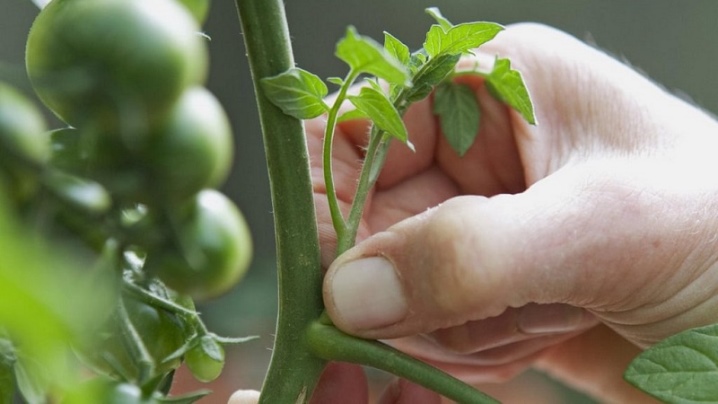
Signs of defeat
As already mentioned, at the moment of appearance, gray rot looks like small brownish spots. These patchy areas will dry out quickly. But this does not mean that the problem has been solved - on the contrary, it is accompanied by a sharp aggravation of the disease. Putrid zones appear on the fruits, which grow rapidly and soon cover them completely. The bacteria quickly spread to all new plants, infecting them is almost guaranteed (only a few varieties can avoid such an attack).
Contrary to popular belief, leaf spots are not related to gray mold. This is a manifestation of a completely different pathology, macrosporiosis. The stem does not suffer from macrosporiosis, but Botrytis cinerea Pers affects, on the contrary, the stem first of all.
Therefore, if the disease is not traced on the trunks of tomatoes, then there is no doubt about the diagnosis.When the fruits fall, the problem is over, and there is little chance of success.
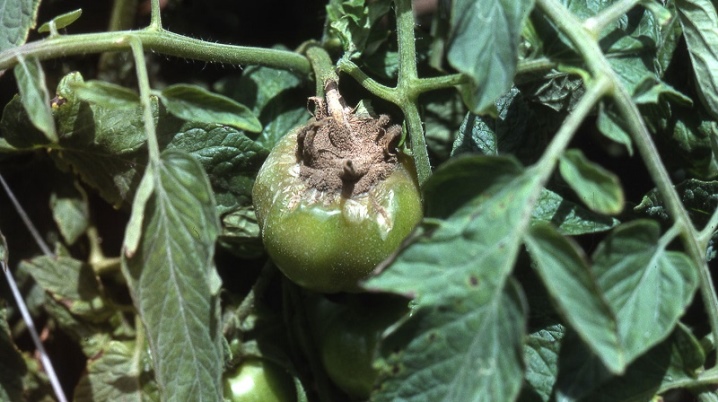
Treatment with agricultural techniques
The main agrotechnical methods that block gray rot and even sometimes reverse its development are not difficult to imagine, given the reasons for the appearance of pathology. If the disease is clearly revealed, you will have to:
- significantly reduce the intensity and amount of irrigation;
- more actively ventilate the plants (when placing them in a greenhouse);
- loosen the soil daily;
- regularly pinch and remove diseased parts of tomatoes (they are still unlikely to come to life);
- ideally switch to drip irrigation so that water does not fall on those parts of the plant for which it is not immediately intended - if this has not been done even earlier, of course.

What else to treat?
Biological preparations
But it is hardly possible to get rid of gray rot, if it has already appeared, by agricultural measures alone. A more complex and sophisticated fight against this harmful disease is needed. From biological agents, "Glyocladin" and "Trichodermin" are suitable for her. It should be noted right away that their use is very laborious. But on the other hand, it brings good results, albeit not immediately. "Trichodermin" helps against gray rot due to special substances secreted by beneficial fungi.
The drug itself is also effective against a number of other pathologies. The main forms of release are an aqueous suspension and a powdery composition. Important: you need to fight infection with this tool only at an air temperature of at least + 14 degrees. Otherwise, there will be no effect from processing the plantings. If a suspension is purchased, problem areas on plants are coated with it, you can also dilute it in water, in a ratio of 100 ml to 10 liters, and spray the affected bushes.
The suspension preparation is also suitable for prophylaxis. It is applied for this purpose to small wounds and other damage to tomatoes. This protection is quite effective against potential infection. Chlorinated water cannot be used to prepare the composition - otherwise the entire effect will be lost.
It is recommended to process in the morning so that the bushes have time to dry out before dark.
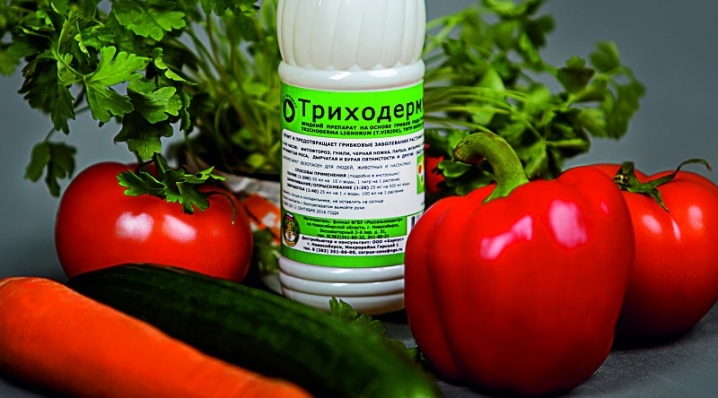
"Glyokladin" also copes well with gray rot on tomatoes. It is based on a completely different fungus. The drug penetrates into colonies and individual pathological organisms, effectively eliminates them. "Glyocladin" is not deposited in the tissues and organs of the plant, nor is it retained in the soil. The proportion of dilution is 0.5 kg per 10 liters, natural remedies show themselves well in the initial phase of pathology.
Another popular drug is Fitosporin. This medication is able to spread through the vascular tissues of plants. The drug is based on a spore culture. The effectiveness of treatment, depending on the specific circumstances, is 65-95%. Tomatoes can be processed regardless of the weather, however, the insulating film is easily washed off by precipitation.
In the absence of rain, re-treatment is needed after 7-14 days. If heavy showers have begun, spraying is carried out 2-3 hours before or immediately after. Processing is carried out several times per season. Fitosporin is valued for its versatility and suitability at any stage of plant development. The crop can be safely harvested even directly on the day of spraying.
It is necessary to understand that the basis of "Fitosporin" dies in bright sunlight, and therefore they need to process tomatoes either on cloudy days or in the evening hours.
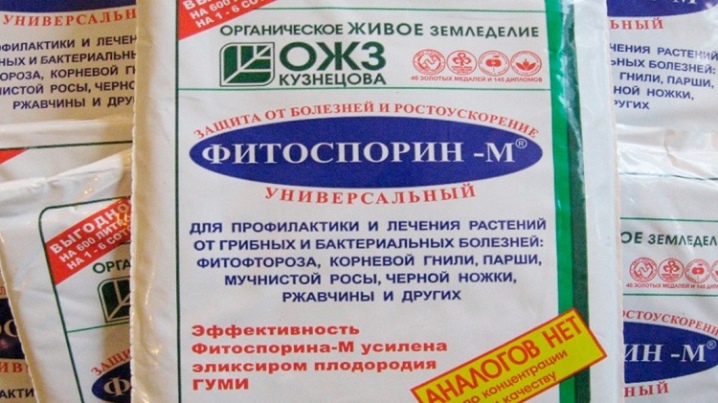
Chemicals
But sometimes biological drugs are ineffective, or the pathology is already severely neglected. In this case, nothing can be done in the greenhouse without synthetic medicines. In case of weak infection, tomatoes can be treated with Ditan, Profit and Bordeaux mixture. Some farms prefer to use:
- Fundazol;
- "Speed";
- "Integral".
Also, among the best drugs are recommended:
- Oxycom;
- "Hom";
- Abiga Peak.
It must be understood that all synthetic medicines are used only strictly according to the instructions. Any deviation from it can cause serious damage. Euparen also helps to suppress the formation of spores. In some cases, a blended paste is used. To prepare it, take:
- glue CMC (0.3 kg);
- 0.03 kg of fungicide of your choice;
- 10 liters of water.
Stir the solid components until they are completely dissolved. To get, in fact, the pasta - add also chalk. The spots themselves are treated with such a preparation and, at the same time, they also affect the surrounding apparently healthy tissues.
Re-processing is done in 10-12 days. This approach, according to reviews, is quite effective.
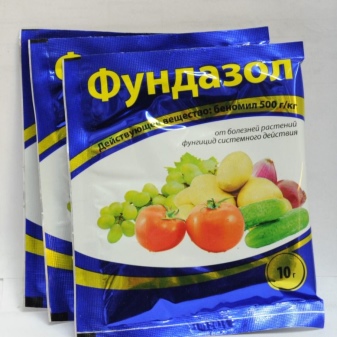
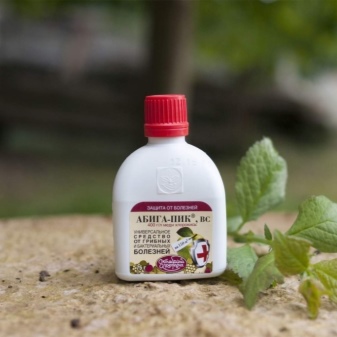
Traditional methods
It is also possible to cure problem bushes with soda. To sprinkle plants with it, you need to dilute 0.08 kg of the required substance in 10 liters of water. You can also use dissolved green soap. In some cases, boric acid is used. Its solution should have a concentration of 1%.
Note: Green soap is not your only option. Regular laundry soap (gray) will also come in handy. Before using it, you need to remove all affected parts of the plant. It is not worth saving on the solution, such savings often "go sideways". Usually 0.1 kg of soap shavings are consumed per 10-liter bucket, but even a little more is possible; the same folk remedies help fight infection in the open field, however, they help mainly with a weak lesion.
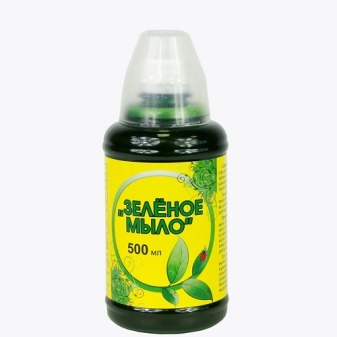

Prophylaxis
Gray rot, like any other disease, is much easier to prevent than to cure long and diligently. Therefore, any gardeners and farmers should know the main measures for the prevention of this pathology by heart. Tomatoes need occasional powerful watering. However, the fact that they suffer from very high humidity cannot be ignored. The conclusion is simple: as soon as the plantings have been watered, you must immediately ventilate the greenhouse. Another important rule is how the tomatoes were watered, they also need to be loosened properly. Sometimes there is not enough time and energy for full-fledged loosening. In this case, all that remains is to resort to mulching. Peat or humus is used for it. In some cases, ordinary hay is also used.
It is worth remembering that gray rot will affect the culture less if it is formed correctly and in a timely manner. Grassing tomatoes and removing dead leaves is mandatory for almost any variety. The only exception is if the standard variety requirements expressly prohibit this. Even small wounds during such procedures are a full-fledged entrance gate for infection. Therefore, it is necessary to make all cuts with a well-sharpened and pre-disinfected instrument.
More recommendations:
- make incisions, if possible, in dry weather, in such a way that all damage would be delayed in a day;
- remove everything that is cut, immediately away, and it is better not to use them even for other plants, not to bury them in the ground, but to compost (or, even better, burn them);
- water the tomatoes strictly at the root so that the trunk, leaves and fruits are not covered with even small drops or splashes;
- during feeding, avoid contact of feed mixtures with the main parts of the plants - this inevitably leads to burns and subsequent deformations;
- try to water the crop early in the morning or in the evening inactive sun;
- heal the land with plantings of marigolds, mustard and calendula - especially if a particular area has already been affected by gray rot;
- carefully select planting, seed material and always take it only from trusted sources;
- give preference to varieties that are relatively resistant to disease;
- use only safe, disinfected soil.
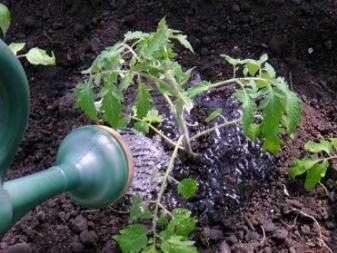
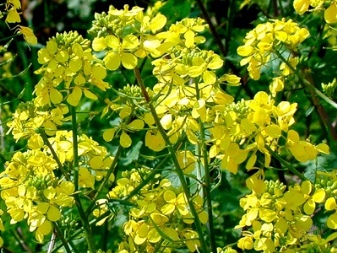
Resistant varieties
Unfortunately, the breeders have not yet been able to achieve 100% resistance. However, there are several varieties of tomatoes that are less likely to become infected with gray rot. In particular, the "Vasilievna" variety:
- grows up to 2 m;
- gives tasty fruits;
- perfectly forms ovaries;
- suitable for cultivation in unheated rooms.
"Pilgrim" is quite marketable and harvestable. It is mainly used for greenhouse cultivation. Fruit weight reaches 0.1 kg. They ripen 105-110 days after folding the ovaries. Harvested with brushes.
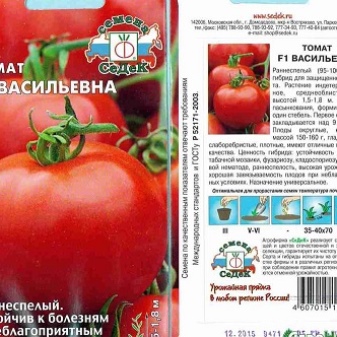
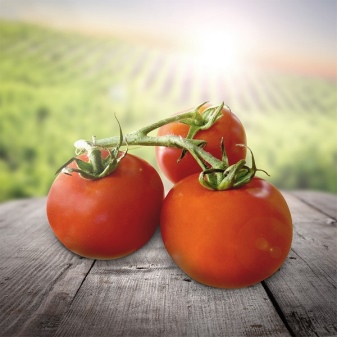
For information on what gray rot on tomatoes is and what to do with it, see the next video.













The comment was sent successfully.